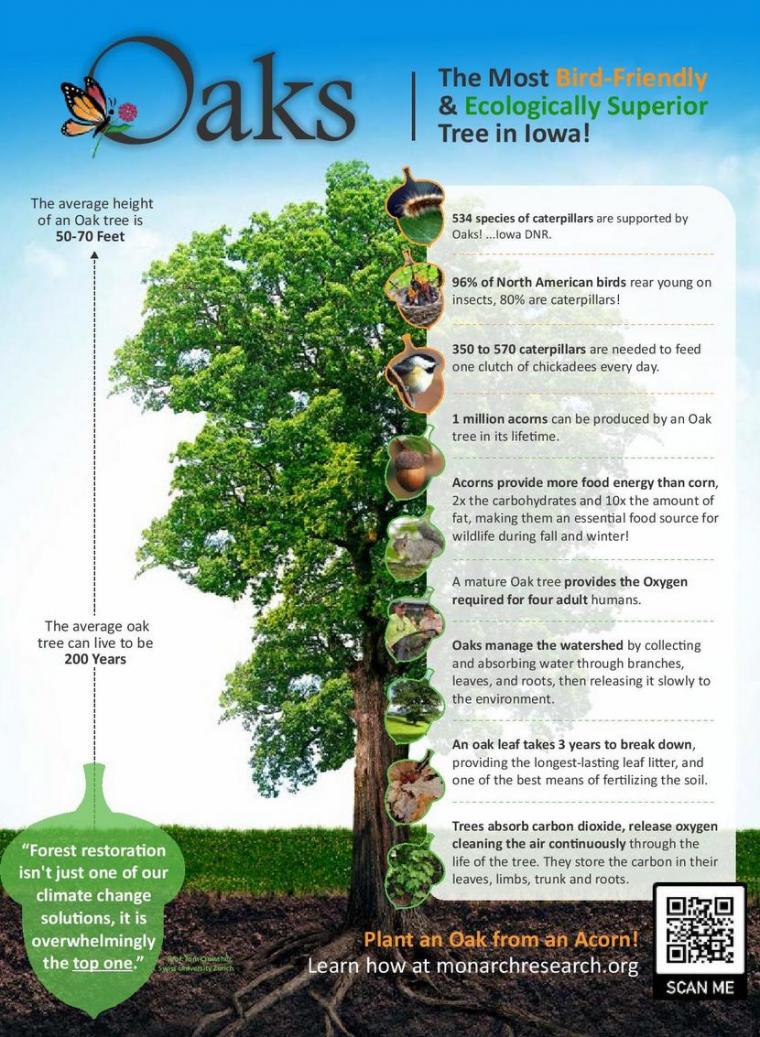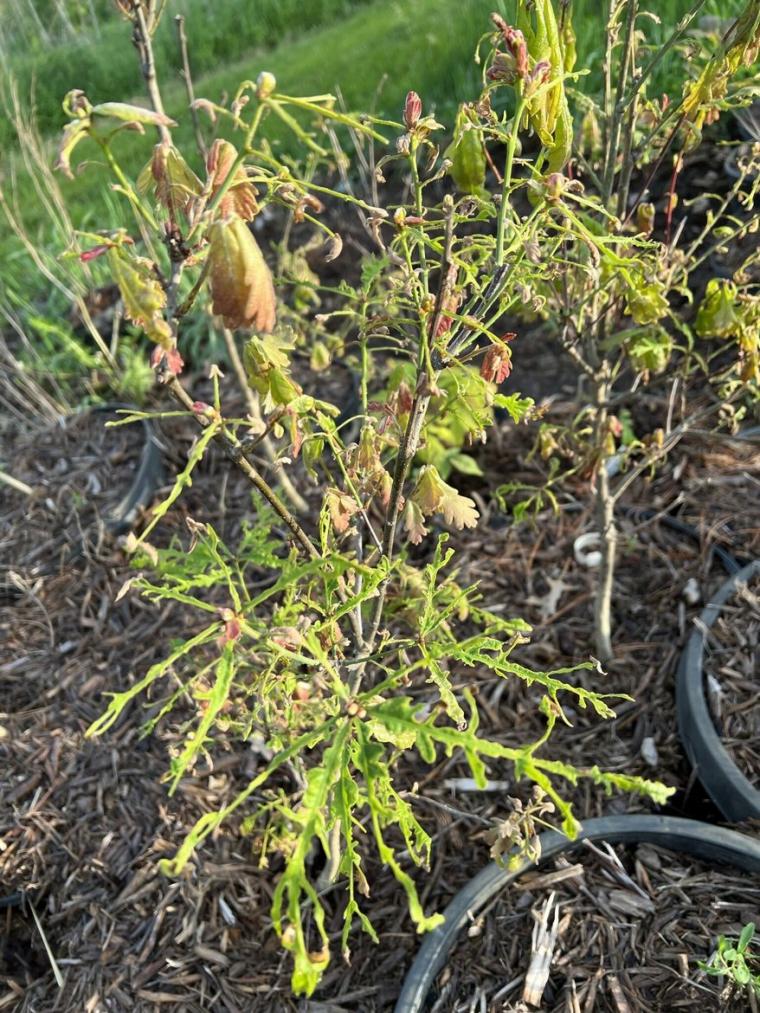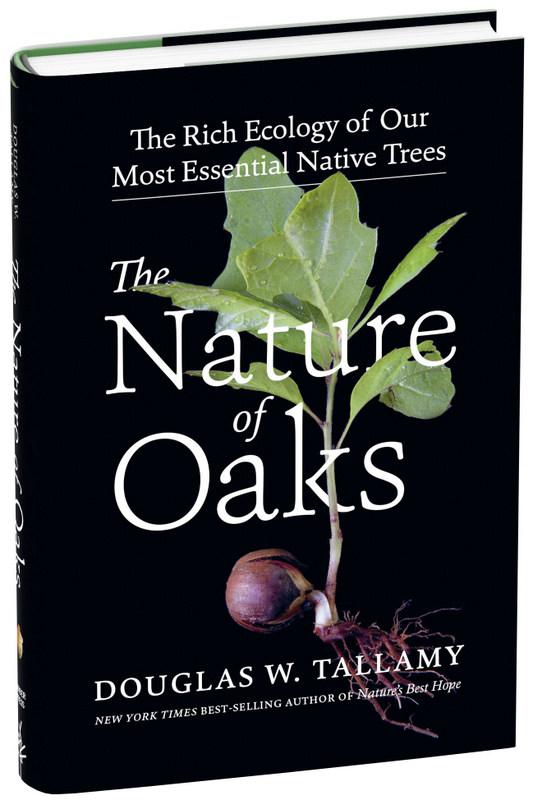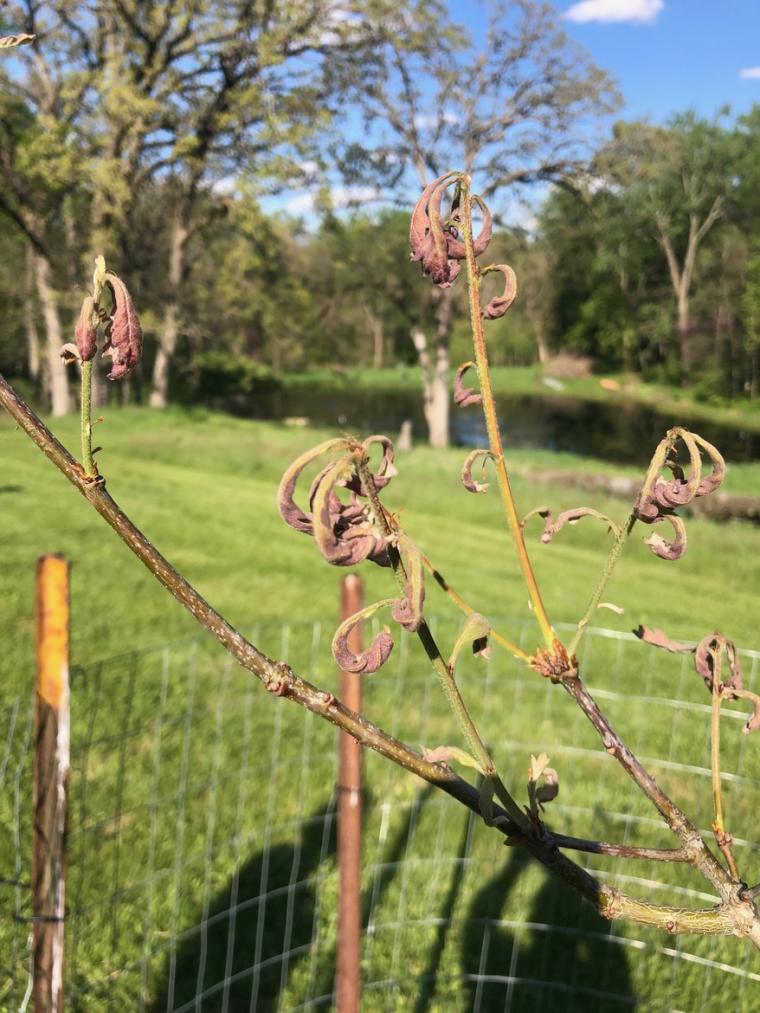
In case you haven’t heard: life on earth is in trouble.
Distressing statistics about declining biodiversity are being reported so fast now that they are running into each other. North America has lost 3 billion breeding birds in the last 50 years; earth has lost 45percent of its insects with continuing declines being reported nearly everywhere; and the UN predicts 1 million species will go extinct in the next 20 years (UN.org/sustainabledevelopment/blog/2019/05/nature-decline-unprecedented-report/). Not only are we in the midst of the sixth great extinction event the earth has ever suffered, but the loss populations in species not yet extinct is rampant. We hear much about the climate crisis, and rightly so. What many of us fail to appreciate is that our disregard for the well-being of biodiversity, is as grave a threat to humans as climate change is, because it is healthy, productive ecosystems, not Best Buy or Costco, that support us, and it is biodiversity that makes ecosystems healthy and productive. To put it bluntly, we are destroying the natural world that we cannot live without.
It’s not that we purposefully have nature in our sights. Rather, we have simply refused to share our spaces with the natural world. We have clung to the notion that humans and nature cannot coexist as if it were true (it’s not). And so, as our population has expanded, we have exiled nature more and more to parks and preserves that are too small, too few in number, and too isolated to sustain it. The grim statistics above are a stark reminder that our protected lands (just 12 percent of the U.S.) are not sufficient to sustain the amount of nature our ever-growing populations require.
But what is biodiversity and why is it important? Biodiversity in its simplest form is all the forms of living things on earth. It is important – very important – because it is biodiversity that keeps us alive. Ecosystems are comprised of species and the more species within an ecosystem the more productive and stable it is. That is, the more life support, the services that keep us alive, it produces. Every time we eliminate species from an ecosystem it is less able to sustain humans.

Oaks Provide Three of Four Critical Landscape Roles
Fortunately, there is a solution to this existential crisis. We can save nature by learning to live with it. Rather than practicing conservation only within parks and preserves as we have done in the past, we must now also conserve nature outside of protected places, where we live, work, shop, farm, and play: that is, in built, human-dominated landscapes. There are four roles every landscape must play if we are to forge a sustainable relationship with the natural world that supports us.
First and foremost, we must landscape with plants that support local food webs, for it is the transfer of energy from plants to animals that enables the animals that run our ecosystems to exist. Second, all landscapes must pull CO2 from the atmosphere and store the carbon first in plant tissues and then long-term in the soil at that site. All landscapes must also help manage the local watershed. No one has the ethical right nor ecological permission to design a landscape that degrades the watershed in which it lies. Finally, all landscapes must nourish a complex community of native pollinators by supplying the pollen and nectar they require to successfully reproduce.
And this is where the mighty oak can help. Oaks accomplish three of these four essential landscape roles better than any other tree genus in North America. By adding one or more oaks to our yards, our corporate landscapes, our roundabouts and cloverleaf interchanges, and public parks, we can support more animal species in higher numbers; sequester more CO2 by virtue of their large size, great age, and densely packed xylem cells; and, with their large crowns, immense root systems, and long-lived leaf litter, improve our watersheds more quickly and thoroughly than if we choose other tree species or no trees at all. The only thing oaks do not do better than other plants is support pollinators (oaks are wind pollinated), but three out of four isn’t bad.

Caterpillars, Fats, and Proteins
Why are oaks best at helping animal populations? Two reasons: They serve as host plants to more species of caterpillars than other trees, and they produce large sources of fats and proteins in the form of acorns: up to 3 million acorns in the life of a single oak tree. The importance of acorns in supporting jays, titmice, towhees, chipping sparrows, nuthatches, woodpeckers, sandhill cranes, turkeys, ducks, rodents, squirrels, deer, and bears is self-evident; acorns are produced in the fall, right when these creatures need to store fat for winter survival.
But why lots of caterpillars in our landscapes is every bit as important is not so evident. Think back to grade-school biology when we learned about photosynthesis. To be sure, plants are beautiful decorations for our landscapes, but in terms of nearly all animal life on earth, plants are far more than decorations. They are the only life forms that, through photosynthesis, can turn light energy from the sun into food. That is, plants enable us and every other animal species to eat sunlight. But unless an animal has access to the food that plants make, it doesn’t do them any good at all.
How do most animals get plant energy? Not by eating plants themselves, as you might think, but by eating something that ate a plant. Most vertebrates do not eat plants directly; they eat insects that ate plants. And not just any insects. In most ecosystems, it is caterpillars that transfer more energy from plants to other animals than any other plant-eater.
Let’s take birds, for example. Most (96 percent) of the terrestrial bird species in North America rear their young on insects, and in 16 out of the 20 most common bird families, caterpillars dominate nestling diets. And not just a few caterpillars. Typical birds, such as Carolina chickadees, require 6,000-9,000 caterpillars (depending on the number of chicks in the nest) to raise nestlings to the point where they leave the nest. Parents then continue to feed caterpillars to their young for another 21 days after fledging. In other words, it takes well over 10,000 caterpillars to make one clutch of a bird that weighs one-third of an ounce, four pennies worth of bird. And chickadees are not exceptions. Most birds rely just as heavily on environments that produce huge numbers of caterpillars.
My point is simple: If we want robust populations of chickadees, cardinals, catbirds, warblers, mockingbirds, titmice, and so on, to be able to breed in human-dominated landscapes, we need to create landscapes that produce lots of caterpillars. It stands to reason, then, that choosing plants that support many caterpillar species is a must, and no plant genus supports more species of caterpillars than Quercus, the oaks. In fact, oaks are the primary host for more than 950 caterpillar species nationwide. To put this extraordinary ecological accomplishment in perspective: In the Mid-Atlantic states, native tulip poplars support 21 caterpillar species, crepe myrtles support three, and ginkgoes support none at all. A yard landscaped with typical Asian ornamentals has no chance of producing the insect food birds need to reproduce; these ornamentals simply do not generate enough caterpillar food.
Many Oak Species on the Ropes
Despite these vital landscape attributes, oaks are in trouble. The old giants that once provided so many unique niches for layers upon layers of biodiversity are now largely absent from our landscapes. Wherever oaks occurred, they were prized suppliers of wood products, and most large specimens were logged centuries ago. Long after the giants were gone, we continued to degrade oak habitats across the country. Vast tracks of oak forests have been “developed” (from an ecological perspective, this is one of our most ironic words), converted to crop or pastureland, or have been highly altered by fire suppression. In fact, the percentage of oaks in eastern forests has dropped from 55 percent pre-European settlement to 25 percent today. We now use tons of pre-emergent herbicides on cropland throughout the Midwest that, when conditions are right, volatilize into the air and cause a deformation of young oak leaves called oak tatters. Add pressure from the replacement of the post-glacial climate that favored oak health over the last 8,000 years with the wild swings of heat, cold, wet, and drought that characterize climate change, as well as the human introduction of diseases like sudden oak death, oak wilt, and oak leaf scorch, and invasive pests like the spongy moth, and many oak species are now on the ropes. A recent analysis by Morton Arboretum in Lisle, Illinois has found that 28 of the 91 oak species in North America (more than 30 percent) are so diminished in numbers, they may soon disappear from the wild forever.
Solutions Are Readily Available
We humans live our lives out in a brief instant of ecological time. We cannot return ancient oaks to our landscapes during that instant, but we can – indeed, we must – start the process. I have planted a number of massive old oaks on our property, except they are only 20 years old and are not so massive yet. They are growing, though, and several have topped 60 feet at this writing. In a blink of time, they will be large enough and old enough to fully assume their keystone positions in our yard. We know how to encapsulate the herbicides used in agriculture to prevent volatilization and oak tatters; we just need the will to do it. We can beat the diseases we have introduced by planting more oaks than ever before. This will reveal the resistant genotypes that will become the future of our oak forests.
Everyone is responsible for Earth stewardship because everyone requires the life support such stewardship sustains. Embracing the ecological power of oaks is one of the best ways to nurture the life we all need.
Douglas W. Tallamy is a professor in the Department of Entomology and Wildlife Ecology at the University of Delaware, where he has authored over 100 research publications and has taught insect-related courses for more than 40 years.











